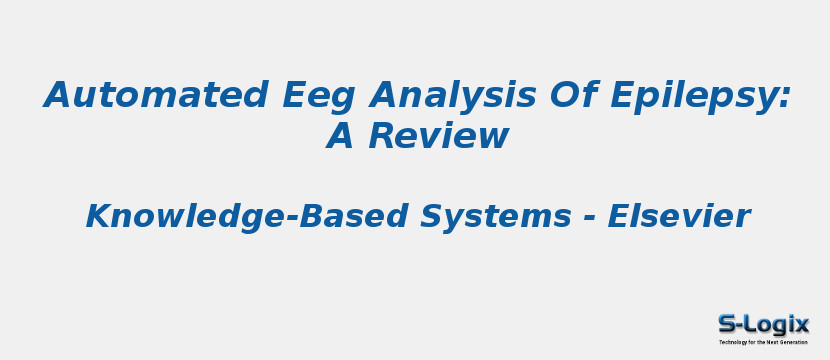Research Area: Machine Learning
Epilepsy is an electrophysiological disorder of the brain, characterized by recurrent seizures. Electroencephalogram (EEG) is a test that measures and records the electrical activity of the brain, and is widely used in the detection and analysis of epileptic seizures. However, it is often difficult to identify subtle but critical changes in the EEG waveform by visual inspection, thus opening up a vast research area for biomedical engineers to develop and implement several intelligent algorithms for the identification of such subtle changes. Moreover, the EEG signals are nonlinear and non-stationary in nature, which contribute to further complexities related to their manual interpretation and detection of normal and abnormal (interictal and ictal) activities. Hence, it is necessary to develop a Computer Aided Diagnostic (CAD) system to automatically identify the normal and abnormal activities using minimum number of highly discriminating features in classifiers. It has been found that nonlinear features are able to capture the complex physiological phenomena such as abrupt transitions and chaotic behavior in the EEG signals. In this review, we discuss various feature extraction methods and the results of different automated epilepsy stage detection techniques in detail. We also briefly present the various open ended challenges that need to be addressed before a CAD based epilepsy detection system can be set-up in a clinical setting.
Keywords:
Author(s) Name: U. Rajendra Acharya, S. Vinitha Sree, G. Swapna, Roshan Joy Martis, Jasjit S. Suri
Journal name: Knowledge-Based Systems
Conferrence name:
Publisher name: Elsevier
DOI: 10.1016/j.knosys.2013.02.014
Volume Information: Volume 45, June 2013, Pages 147-165
